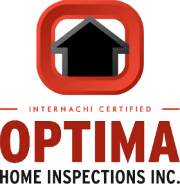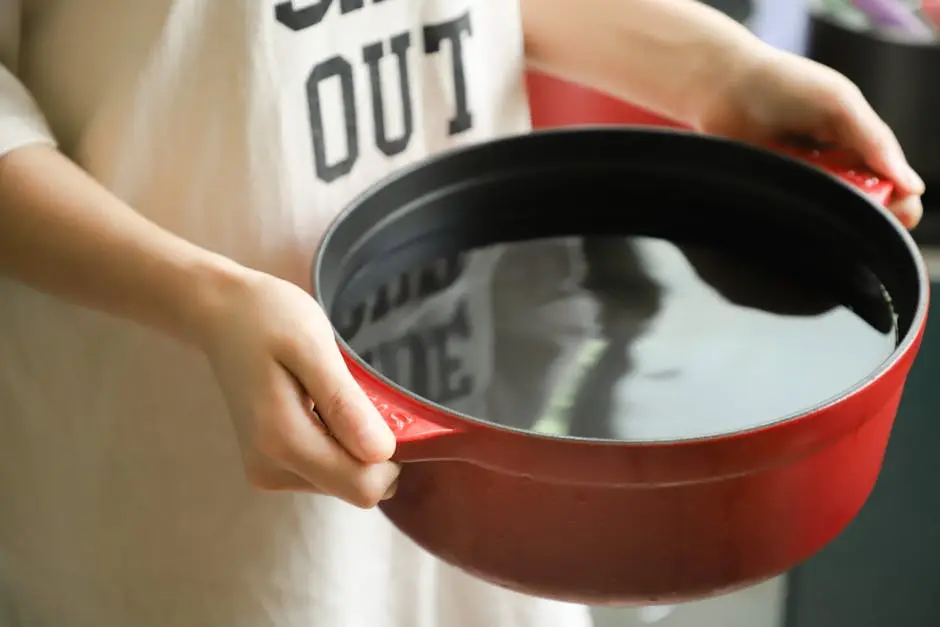Radon is an invisible, odorless gas that can pose serious health risks if found in homes. Thankfully, testing for radon is a straightforward process that can ensure a safer and healthier environment for you and your family. In this blog, we’ll explore the importance of radon testing and how it contributes to a safer home.
Understanding Radon and Its Health Risks
Radon is a naturally occurring radioactive gas that can accumulate in your home and increase the risk of lung cancer. It’s essential to understand the health implications to appreciate why testing is necessary.
Radon is formed when uranium in soil, rock, and water breaks down, releasing this invisible threat into the air. Primarily, the concern arises when radon gets trapped indoors, reaching levels hazardous to health. According to the EPA, radon is the second leading cause of lung cancer in the United States, trailing only behind smoking. It’s estimated that radon is responsible for about 21,000 lung cancer deaths annually. Armed with this knowledge, it’s clear why testing your home for radon is not just a precaution—it’s a priority for anyone serious about their health Source.
How Radon Enters Homes
Radon can seep into your home through cracks in floors, walls, and foundations. Knowing how radon enters your home can help identify key areas to test and mitigate potential risks.
Homes create a vacuum effect from the natural pressure within the foundation, essentially pulling radon in. This movement is through minute gaps in the structure’s foundation or through service pipes. Basements and crawl spaces are particularly susceptible due to their proximity to the ground. A less obvious entry point is well water, which can bring radon into your home through showers and faucets when the gas is released into the air. Understanding these entry routes can empower homeowners to target their testing in the most high-risk areas.
The Process of Testing for Radon
Testing for radon is simple and can be done with DIY kits or by hiring professionals. We’ll walk you through the process, so you know what to expect and can take action with confidence.
Radon testing involves two primary approaches: short-term and long-term testing. Short-term tests, which range from 2 to 90 days, are excellent for quick results, particularly if you’re buying or selling a home. These tests are inexpensive and can be found at most hardware stores. Long-term tests, lasting more than three months, provide a clearer picture of your home’s average radon levels throughout different seasons. If you’re unsure about conducting the test yourself, hiring a certified radon professional can ensure accurate results and in-depth advice for any necessary mitigation.
For those opting for a DIY approach, remember to place the test kit in the lowest livable area of your home, away from drafts, high heat, and moisture sources for the recommended duration. Following the instructions carefully enhances the accuracy of your test. Once you have your kit completed, follow the steps to send it to the lab for results, which will guide you on whether you need further action.
Interpreting Radon Test Results
Once you’ve conducted a radon test, it’s crucial to interpret the results correctly. We’ll discuss what different radon levels mean and the actions you should take based on the findings.
After testing, you’ll receive results measured in picocuries per liter (pCi/L). According to the EPA, a radon level of 4 pCi/L or higher requires action. However, even lower levels can pose a risk, and you might consider mitigation at levels as low as 2 pCi/L. If your results are above the safety threshold, it’s advised to retest to confirm the findings. Should the results be consistent, proceeding with mitigation strategies should be the next step. Continuous monitoring can help maintain safe levels over time.
Mitigating Radon Levels in Your Home
If radon levels are high, implementing mitigation strategies is essential. We’ll cover the various ways to reduce radon levels effectively, ensuring your home remains safe and healthy.
One of the most common mitigation methods is sub-slab depressurization, which involves creating a venting system with pipes placed beneath the house’s foundation to divert radon outdoors. Soil suction is another popular solution, which lowers the radon level by pulling it away from the home before it can enter. Increasingly, homeowners are using radon-resistant construction techniques for new builds, which can significantly reduce radon levels if incorporated during construction.
Sealing foundation cracks and other entry points can complement active mitigation strategies, enhancing overall effectiveness. Regular maintenance of radon reduction systems is necessary to ensure they continue to function correctly. These efforts, although requiring initial investment, often result in a safer living environment and reduced long-term health costs.
Making Your Home Safer with Radon Testing
Testing for radon is a crucial step that homeowners can take to protect their families’ health. By understanding the potential risks and taking action to test and mitigate radon levels, you can create a healthier, safer living environment. Don’t wait for symptoms to appear; invest in radon testing today and breathe easier tomorrow. To learn more about safeguarding your home, visit our homepage and discover our range of inspection services.


